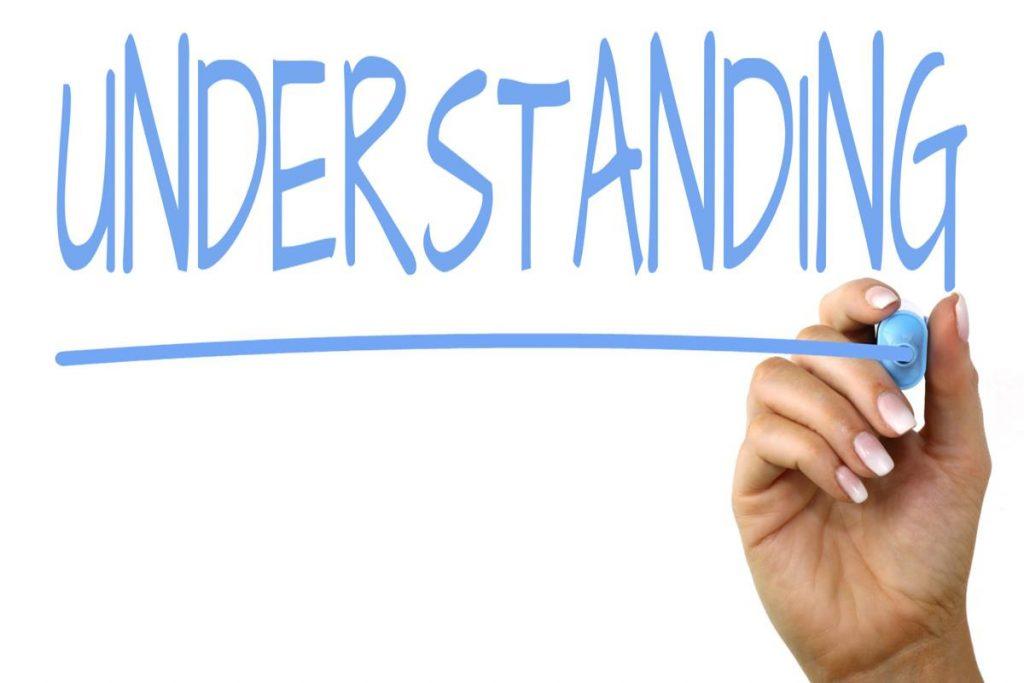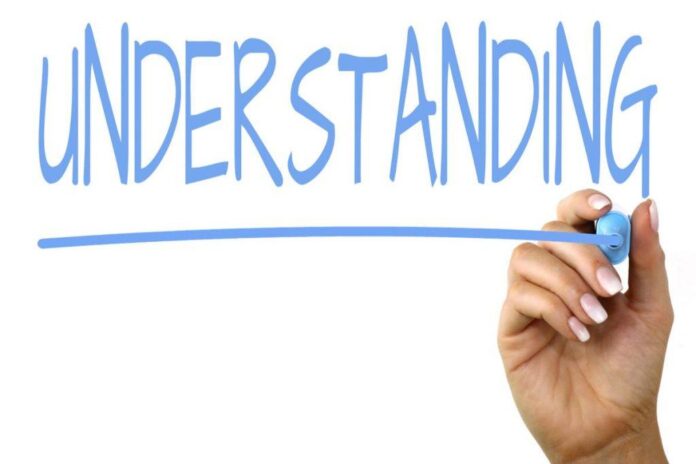In the realm of athletic performance, the delicate balance between exertion and recovery can make all the difference. Enter the Whoop strap 4.0, a cutting-edge fitness tracker that has garnered attention for its refined approach to sleep analysis and recovery insights. as athletes continuously seek ways to optimize training regimens, understanding the nuances of their sleep patterns becomes increasingly vital. This article delves into the capabilities of the Whoop Strap 4.0, exploring how its data-driven insights empower athletes to make informed decisions about rest, recovery, and overall performance. Join us as we unravel the intricacies of sleep analysis through the lens of this innovative device, revealing how it informs and enhances the athletic journey.

Understanding the Science Behind Sleep Metrics and Recovery
Understanding how sleep metrics correlate with recovery is essential for athletes aiming to optimize their performance. The Whoop Strap 4.0 utilizes advanced algorithms to analyze sleep stages, providing insights into how well musicians, marathoners, and weekend warriors alike are resting. key metrics such as **Sleep Duration**, **Time in Deep Sleep**, and **Sleep Efficiency** are measured to help establish patterns that can lead to improved recovery times. By tracking these indicators, athletes can identify if they are getting enough restorative sleep to enhance muscle repair and cognitive function.
Additionally, the relationships between **heart rate variability (HRV)** and sleep quality play a critical role in understanding recovery. Athletes with lower HRV might find themselves in a heightened state of stress, indicating a need for more recovery-focused sleep. To visualize this connection, consider the following table which outlines the impact of various sleep metrics on athlete recovery:
| metric | Impact on Recovery |
|---|---|
| sleep Duration | Longer sleep often leads to better muscle recovery |
| Deep Sleep | Crucial for physical healing and mental restoration |
| Sleep Efficiency | Higher efficiency suggests minimal wake periods, promoting recovery |
| HRV | Higher HRV indicates better adaptation and recovery from strain |

Leveraging WHOOP Insights for Optimized Athletic Performance
Understanding the intricacies of your body’s metrics can be a game-changer for athletes striving to enhance performance. The WHOOP Strap 4.0 not only monitors your sleep patterns but also offers invaluable insights into recovery and strain levels, allowing athletes to make informed decisions about their training regimens. By analyzing data such as heart rate variability, resting heart rate, and sleep quality, athletes can tailor their workouts to optimize both physical and mental recovery.
With WHOOP’s detailed insights, athletes can track their recovery and strain effectively. Here are some key features that contribute to optimized performance:
- Personalized strain Coach: Provides daily recommendations based on your individual strain levels.
- Sleep Performance: Metrics help quantify sleep quality and its impact on recovery.
- Daily Recovery Insights: Displays your body’s readiness to train, factoring in stress and previous workouts.
| Metric | Impact on Recovery |
|---|---|
| Heart Rate Variability (HRV) | Indicators of stress levels and recovery state. |
| Resting heart Rate | Lower rates generally indicate better recovery. |
| Sleep Duration | Longer, uninterrupted sleep leads to optimal recovery. |

Practical Tips for Enhancing Sleep Quality and Recovery
To achieve optimal sleep quality and enhance recovery, athletes can adopt a variety of practical strategies. first and foremost, establishing a consistent **sleep schedule** helps regulate your body’s internal clock. Aim to go to bed and wake up at the same time every day, even on weekends. Consider creating a relaxing bedtime routine; this could involve activities such as reading, meditating, or taking a warm bath to signal your body that it’s time to wind down. It’s also crucial to evaluate your sleep environment: ensure your bedroom is **dark, quiet, and cool**, as these conditions promote better sleep.
Nutrition and lifestyle choices play a pivotal role in sleep quality. Be mindful of your **caffeine and alcohol consumption**—while these substances may seem comforting, they can disrupt sleep patterns. Rather, consider incorporating foods that promote sleep, such as almonds, chamomile tea, and kiwi. Additionally, engaging in regular physical activity during the day can help you fall asleep faster and enjoy deeper sleep cycles. However, strive to complete intense workouts at least a few hours before bedtime. By integrating these habits into your daily routine, you’ll enhance your sleep quality and maximize recovery, ultimately allowing you to perform at your peak.

Balancing Strain and Recovery: A Guide for Competitive Athletes
For competitive athletes, finding the ideal equilibrium between strain and recovery is crucial for optimizing performance. The Whoop Strap 4.0 offers valuable insights into this balance, helping athletes understand their body’s needs.By focusing on key recovery metrics such as ***heart rate variability (HRV)***,***sleep quality***,and ***resting heart rate***,athletes can make informed decisions about their training intensity. When athletes monitor these parameters, they can identify when to push harder and when to dial it back, ultimately enhancing their overall fitness and reducing the risk of injury.
To effectively utilize the data from the Whoop Strap 4.0, athletes should consider the following strategies:
- Prioritize Sleep: Aim for an optimal amount of restorative sleep, as it directly impacts recovery and performance.
- Regularly Assess Strain: Track training strain scores to prevent overtraining and to tailor workouts accordingly.
- Diversify Training: Incorporate a mix of high-intensity and low-intensity workouts to promote recovery.
Understanding the relationship between strain and recovery allows athletes to create a personalized training regimen that maximizes results. The data gleaned from the Whoop Strap 4.0 not only boosts physical performance but also enhances mental resilience, essential for thriving in competitive environments.
To Conclude
the Whoop Strap 4.0 presents a compelling blend of cutting-edge technology and practical insights for athletes dedicated to enhancing their performance. By meticulously analyzing sleep patterns and recovery metrics, this wearable device empowers users to optimize their training regimens and make informed lifestyle choices. As athletes continue to explore the delicate balance between effort and rest, the Whoop Strap 4.0 serves as a steadfast companion in the pursuit of peak performance. embracing its multi-dimensional approach to health and fitness can ultimately unlock the potential for not just stronger workouts, but also more restorative rest—transforming how athletes perceive and achieve their goals. With the right tools at their disposal, athletes can navigate their journey to excellence with clarity and confidence, making every strain count towards a stronger recovery.



